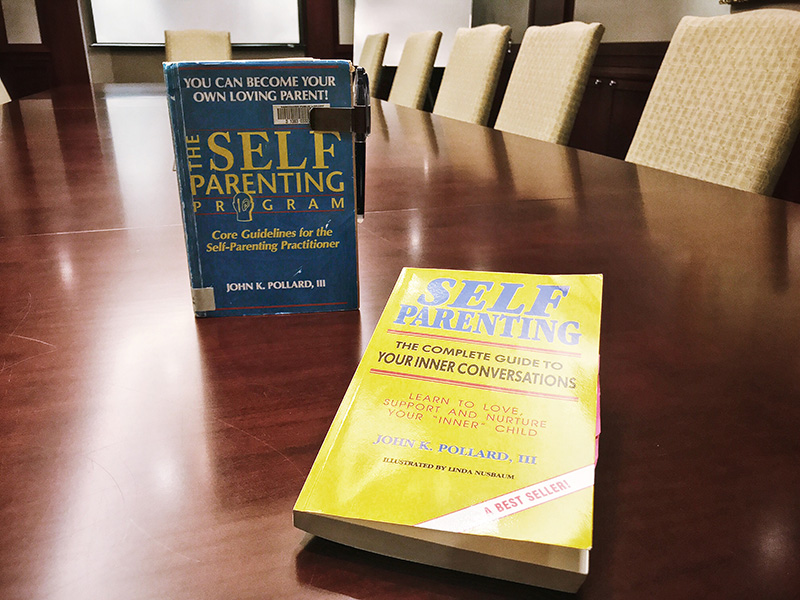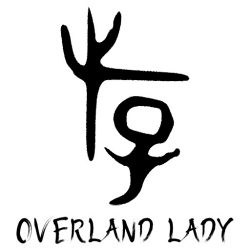
Get it from Amazon:
Inner Parent
The Neurological Basis
Left Brain – Logical thinking – the “should” side of the Inner conversation.
Formation
Our Inner Parent form as we absorb behavior, ideas, view points, and manners from adults around us (parents or equivalent, social and cultural factors). We internalize what we receive and repeat the same. However, this programming effect can be positive, negative, or a combination.
Its role
Inner Parent is highly developed in rational thinking and intellectual activity. It helps “figure things out” with all the consequences. It is good at making decision in a complicated issue.
Inner Child
The Neurological Basis
Right Brain – Emotional feeling – the “want” side of the Inner conversation.
Formation
Inner Child has always been around since birth. It still reacts the same way as when we were young.
My thoughts: When we describe someone as “mature”, the person described usually carry some Inner Parent traits, such as strong and rational. When describing someone as “childish” or “immature”, the person is often seen as emotional and make decisions based on feelings.
So in essence, being mature is just more dominated by Inner Parent, and being childish is Inner Child dominate?
Inner Conversation & Inner Conflict
Self-parenting is the condition of interaction between your left brain and your right brain along a nerve pathway called the corpus callosum. The communication between the 2 sides of the brain is the Inner Conversation.
Inner Conflict happens when the two selves have a clash of needs. i.e. “Part of me want….. but other part of me say…”. It makes you indecisive.
My thoughts: In the application of behavior change, some experts suggests changing “I should” to “I’d like to” will make the person more willing to do the task rather than feel like a burden. But this type of word swapping is only tricking the expression, making is sounds like originated from Inner Child. I wonder how far can it go.
4 Potential Solutions for Inner Conflict
- Lose / lose: Self sabotage. End up not meeting needs from neither self.
- Win / lose: Inner Parent wins at the expense of Inner Child. Some physical symptoms may start to manifest.
- Lose / win: Inner Child wins at the expense of Inner Parent. The actual tasks that needed to be done may go unfulfilled.
- Win / win: use alternate solution and meet both needs.
4 Classic weakness of Inner Parents
- Avoid Responsibility for its role in the Inner Conversations.
- Failing to problem solve Inner Conflicts with a win/win solution.
- Neglecting the feelings or viewpoints of the Inner Child
- Abusing the Inner Child with negative Self-Parenting
Negative Self-Parenting
Negative parents create children who:
- Suppress spontaneity
- Do not talk openly about their experiences or feelings
- Feel inadequate, tense or upset for no reason
- Deny, repress or block out their emotions
- Feel empty and/or unhappy without knowing why
- Fell anxious and worried for no apparent reason
- Are suspicious of warmth, caring, trust, freedom, choice or negotiation
- Are distrustful of others
2 Categories of Negative self-parenting
Neglect: ignore, fail to care
Abuse: maltreatment, hurt, insult
My thoughts: another type can be more commonly found in Asian culture: over expectation/suffocation. This is when otter parents are too strict and expect a lot from their children. Children grow up to be harsh on themselves while thinking this is the right way to do. Emotions are over-rated.
Positive Self-Parenting
The positive Inner Parent express positive concern for the Inner Child and give encouragement. It provides stability and nurture the Inner Child.
To discover the uniqueness of Inner Child and bring them out, rather than denying. Pay attention to the Inner Child and respond appropriately. Provide the physical, emotional, mental, and social needs of the Inner Child. When Inner Child:
- share an viewpoint, Inner parent listen;
- ask a question, Inner parent teach;
- express a need, Inner parent support.
Start Self-Parenting Program
Important notes:
- Listen to BOTH selves. Especially, do not ignore or judge the Inner Child.
- Be positive. No “I told you so” attitude.
Steps:
Step 1: Recognition by your Inner Parent that you have an Inner Conflict.
Step 2: Inner Parent makes the decision to positively Self-Parent the Inner Conflict by writing our the Inner Conversation.
This can be hard for “overly rational people”. Emotional needs are always dissolved by logical reasoning. With time, that tender part of the self pile up so much that, even when the opportunity comes, it does not know where to start. A way to help identify Inner Child’s need more clearly is by asking:
“Inner Child, do you have a physical, emotional, mental, or social need?”
At the beginning of the sessions, we will gain more awareness of how much we used to neglect or abuse your Inner Child. If you are like me, the Inner Child has been suppressed for too long, Purging might happen. That’s when Inner Child wouldn’t stop talking as if he/she finally have this once-in-a-lifetime opportunity to talk.
Step 3: List the specific needs of each Inner Self.
Step 4: Both Inner Selves mutually decide and agree that the solution for this Inner Conflict must be mutually acceptable.
Step 5: Both Inner Selves search together for solutions, generate as many options as possible.
Step 6: Inner Selves choose a mutually acceptable solution that meets both their needs.
Step 7: Implement the solution.
Step 8: Both Inner Selves evaluate the solution for workability and satisfaction.
The last quote:
The foundation of your relationships with others is the quality of the relationship you have with yourself.
